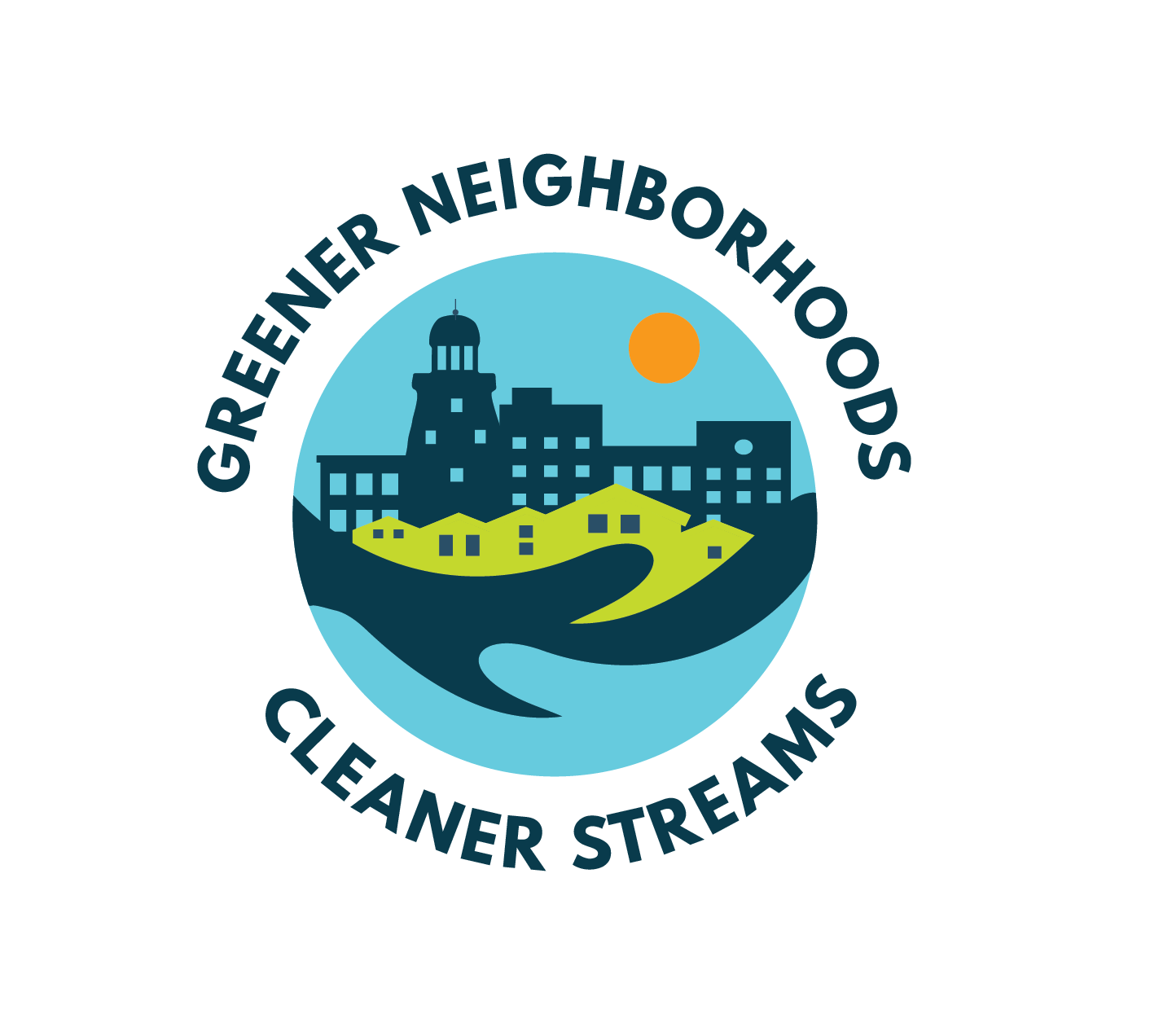Dead or Alive? A Spotlight on Healthy Soils
Got erosion issues? You’re not alone!
According to the Environmental Protection Agency, sediment is the most common freshwater pollutant in the United States. Natural erosion only accounts for around 30% of the sediment in our waterways, where 70% of the sediment pollution is from accelerated erosion on land used by humans. More erosion leads to cloudy water bodies where animals can’t see their food and plants don’t have enough light to grow.
Accelerated erosion happens on land where the soil is not strong enough to absorb and hold on to water during rainstorms. Instead, heavy rain flushes through the soil and carries lots of sediment with it. Resilient soils are living soils, rich in nutrients, organisms, organic carbon, and diverse root systems that hold the soil in place. One teaspoon of living soil can have as many as 4 billion microorganisms! Check out this video for a great demonstration of how healthy soils prevent erosion.
Not only are living soils good at controlling erosion, healthy soils are home to an entire ecosystem. The organisms in living soils keep nutrients in balance so that the soil needs fewer amendments and fertilizer. Happy soils use less water because healthy soils can retain more water and any pollutants in the water are filtered out by biological and chemical processes. Living soils are good for gardeners, plants living in gardens, organisms living in the soil, and life in Maine's waterways!

So how can you build a healthy, happy soil in your garden and reduce sediment pollution?
- Take a soil test! Learn what nutrients your soil has and lacks. With the information from a soil test, you will be able to use the right amendments to boost the health of your soil.
- Avoid using chemicals. Pesticides and herbicides kill the delicate ecosystem in your soil. There are many organic pest treatments and natural approaches to minimizing pests and weeds!
- Add compost. A living soil needs food, which is why your soil needs compost!
- Protect your soil. Soil will wash away if there is nothing holding it in place. If your soil isn’t covered in plants, use mulch to prevent it from washing away.
- Plant diversely. Individual plants give and take nutrients from the soil different: some plants use up a lot of nitrogen, while others make more nitrogen available. Understanding what plans pair will together will create a nutrient-balances soil.
Learn more about efforts in Cumberland County to building living soil by participating in YardScaping and connecting with UMaine Cooperative Extension.


